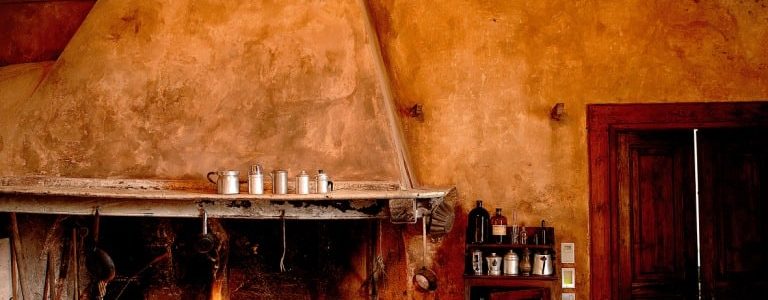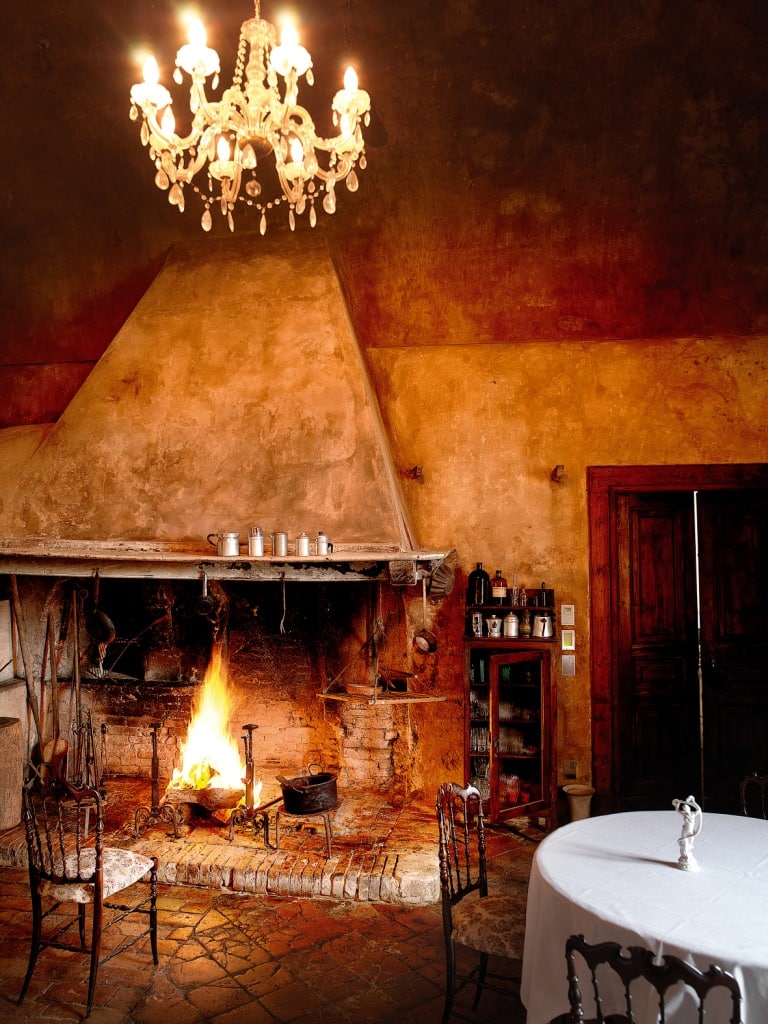Stuffed in layers or in focaccia, with cheese, capocollo or truffle in the dough. The most vintage appetizer is renewed in every form, from gastronomy or ready to buy and made by the best pastry chefs in Italy.
It is called panettone due to its shape and because it dominates the party tables, but the savory one is served as an appetizer. In the seventies and eighties it was the emblem of the scenography, a must together with canapes and Russian salad to start the Christmas lunch. Nice and good, opulent, stuffed with abundance, filled with a surprise at each layer. It survives on the counters of delicatessens, with that slightly vintage style that made the new generations forget it. Then a little thanks to Masterchef, a little bit of Bake Off which made it a challenge for new gourmets, once again has its place of honor along with vodka pendants and amarcord dishes dusted off from oblivion. You can buy it from Eataly, to be filled, in the historic pastry shops that have never abandoned it, in Milan from the historic one Panzera pastry shop, in Brescia by the master Iginio Massari, in Rome or Naples where it is often called Pan Canasta, assemble at home with ready-made colored brioche bread or make from scratch. Or you can go ahead and embrace its recent evolution desired by the Masters of the “sweet” panettone who propose a contemporary version, in which cheese, bacon and precious truffles dominate instead of raisins and candied fruit, creams and icings. It also exists in the shape of a pandoro, alla Martesana pastry shop in Milan.
The salty panettone
Defining it as a novelty makes you smile, and not because Attilio Servi has been producing it since 2013, but because the crescia with cheese has existed since the Middle Ages. Whether you call it Easter pizza, Easter cake, cheese cake or crescia brusca, it is widespread in the Marche, Lazio, Umbria, Abruzzo and Molise regions and has even been included in the list of Traditional Food Products (P.A.T). But now it's trendy, it was enough to call it “salty panettone”.
The first: Attilio Servi's salty focaccia
Attilio Servi has been the only one to produce the savory variations of panettone for years, introducing the flavor of some ingredients in the Panettone dough with the first "Farmer's Focaccia" with pears and Parmigiano Reggiano. After the success, Attilio Servi followed the "Triumph of Italy" Focaccia with dried Abruzzo Pear Tomatoes, Parmesan and Oregano from Pantelleria (Best Salted Panettone Award at the "Una Mole di Panettoni 2017" event), the "All'Amatriciana" Focaccia and in 2017 the Focaccia "Cacio e Pepe" (Prize at Vinitaly 2017 and at the Merano Wine Festival 2017).
From panettone in summer to panettone and aperitif
The idea was not to seasonally adjust the classic panettone, as many try to do, trying to sell it under the sun of August 15, but to expand the opportunities for consumption beyond breakfast, a snack and the moment of dessert at Christmas. . Instead of enriching it with creams and exotic ingredients, he preferred to make it an equally Italian version, but suitable to be consumed as an aperitif and appetizer. These are in fact salted leavened products but with a sweet tendency, such as brioche dough, to be served with a glass of bubbles or in combination with cheeses and meats, foie gras, smoked salmon …
Possible combinations for an easy appetizer
In Mantona, Grace Mazzali he created his own Pepita del PO, salty panettone with truffles, a salty leavened product that is worked only with mother yeast without adding preservatives, dyes or flavorings but with white truffle from the floodplains of the Po: “For me, as a man from Mantua, it is also a way to enhance a product of my territory. This leavened product was conceived as an aperitif or appetizer product, paired with semi-aged sheep or goat cheeses, shellfish, fish tartare, Lardo di colonnata, foie gras, smoked salmon, eggs or porcini mushrooms. If, on the other hand, we wanted to keep the mantle of Mantua in its entirety, we could combine it with pike … and accompanying sparkling wines, or even structured reds ”explains Grazia. At Pasticceria Mazzali there is also Cortigiano (cherry tomatoes, Borrettana onion, 40-month Parmesan cheese from Reggio Emilia red cows, ideal in combination with cured meats and red wines).
2020, less offer and a competition
In past years the growth of proposals had been exponential, but in 2020 there is a decline: the salty panettone is eaten by many, and this will not be the scenario of Christmas and New Year. At the contest A Mole of Panettone 2020, which rewards the best great leavened products from all over Italy in Turin, pastry shops from North to South competed: the winner was the Antica Pasticceria Castino di Pinerolo (TO) with its Panettone Salato pesto and dried tomatoes, Taggiasca olives and Parmesan. Second place was the Pasticceria Vanily from Carinaro (CE) with a Panettone Salato Papacelle and Baccalà and third place was the Pasticceria Dolcevita from Codroipo (UD) with the Panettone Salato with speck from Sauris, red onion from Cavasso and Val Cosa (slow food presidium) and Dairy cheese from the Pradis da Sopra.
All the best, from Capocollo to caciocavallo
The search for the typical product remains fundamental, so in 2018 products such as the Pancapocollo with Capocollo di Martina Franca from Salumificio Santoro, made by Emanuele Lenti; in Abruzzo, in Caserta the PanArchico is baked, an artisanal salted panettone with Caciocavallo Hierarchico and white pork belly, created by Guido Sparaco. In Mantona, Grazia Mazzali created her Pepita del PO, salty panettone with white truffle from the floodplains of the Po and so on Here are the products to taste, for the holidays, but not only:


 Built between the seventeenth and eighteenth centuries on the highest point of the village of Semivicoli in the municipality of Casacanditella, the Castello di Semivicoli has been restored according to the dictates of both conservative restoration and bio-architecture; this Relais de Charme has kept the porch, the oil mill of 1868, the granary, the ancient cellar of 1808, the neviera. Rooms and rooms furnished with antique furniture that recall past times, the rooms of the old kitchen, with the large fireplace, the oven, the copper cookware and the crockery on the walls, host the guests' breakfast in a charming atmosphere from the contemporary comfort. The palace is surrounded by its own vineyards, gardens full of roses that bloom in rotation, the secret garden with the small chapel and the secluded pool area.
Built between the seventeenth and eighteenth centuries on the highest point of the village of Semivicoli in the municipality of Casacanditella, the Castello di Semivicoli has been restored according to the dictates of both conservative restoration and bio-architecture; this Relais de Charme has kept the porch, the oil mill of 1868, the granary, the ancient cellar of 1808, the neviera. Rooms and rooms furnished with antique furniture that recall past times, the rooms of the old kitchen, with the large fireplace, the oven, the copper cookware and the crockery on the walls, host the guests' breakfast in a charming atmosphere from the contemporary comfort. The palace is surrounded by its own vineyards, gardens full of roses that bloom in rotation, the secret garden with the small chapel and the secluded pool area. The ancient noble residence is also a respectable wine center, a reference point for the discovery of local wines and of the whole territory: Gianni Masciarelli, a legendary figure in the wine
The ancient noble residence is also a respectable wine center, a reference point for the discovery of local wines and of the whole territory: Gianni Masciarelli, a legendary figure in the wine  Masciarelli Tenute Agricole has a strong push for research and innovation but always respecting the canons of sustainability.
Masciarelli Tenute Agricole has a strong push for research and innovation but always respecting the canons of sustainability.